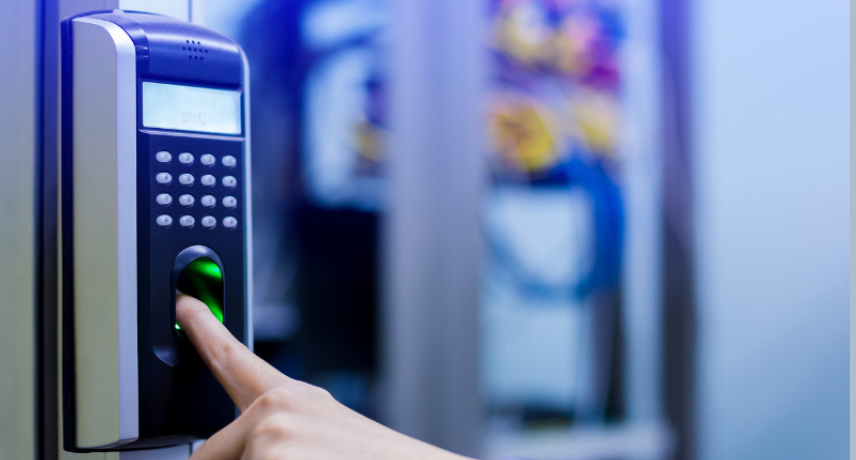
Enquiry Form
Top 7 Challenges in Access Control System Software—And How to Solve Them
In a world where security in the workplace is becoming increasingly complicated, businesses of all sizes depend on access control software to control both physical entry and electronic points. Yet, despite widespread acceptance, many businesses have to overcome recurring issues in setting up and maintaining secure, effective systems for controlling access.
If you're in charge of a facility, business institution, or other, and you're facing issues with access, this guide outlines the top seven challenges and the best way to overcome these issues with clever strategies and the appropriate tools.
1. Integration with Legacy Systems
Challenge:
A lot of businesses are operating with outdated infrastructure or old building management software. The integration of the latest access management software into these systems can be slow and expensive.
Solution:
Pick cloud-based access control systems with API support as well as flexibility in integration options. These platforms are more adaptable and less prone to friction with synchronizing old security equipment as well as employee data.
2. User Management Complexity
Challenge:
As businesses grow in size, managing permissions for employees across departments, roles, and offices can become overwhelming. Inadequate modifications to access rights as well as different roles for users can pose a security risk.
Solution:
Opt to automate the provisioning of users and access control according to the role (RBAC). These features enable centralized user management, automatic updates based on HR changes, and less manual intervention—minimizing human error and increasing security compliance.
3. Scalability Limitations
Challenge:
Traditional systems typically fail to scale effectively as the company grows or shifts to hybrid and remote working environments. The introduction of new users, devices, or locations can be costly and requires a lot of time.
Solution: Make use of the scalable access control systems that facilitate the onboarding of new users as well as remote setup of door readers and credential devices. Cloud based solutions reduce in person site visits by providing access to all of the world's doors from a single dashboard.
4. Lack of Real-Time Monitoring
Challenge: Without access monitoring in real time, security personnel are usually unaware of access attempts that are not authorized until it is too late. This causes delays in responding and reduces the security of facilities.
Solution: Set up a system that includes real-time access to tracking and immediate alerts. If suspicious activity is discovered that is detected, the proper individuals are notified immediately via SMS or email, or even notifications via mobile devices.
5. Data Security and Compliance Risks
Challenge:
With the growing number of privacy laws pertaining to data, such as GDPR and HIPAA, companies are being forced to secure identity records for access, usernames, and the process of authentication.
Solution:
Choose a secure access control program that comes with full encryption and the ability to audit trails and report capabilities that are in compliance. They can help to maintain security and accountability to regulators while also easing the burden on IT teams.
6. Biometric System Errors
Challenge:
Access systems that utilize biometrics, such as facial recognition or fingerprint recognition, are often faced with issues due to false negatives, interference caused by environmental sources, or calibration issues.
Solution:
Choose a system that offers multiple-factor security (MFA) that combines biometrics with PINs, mobile credentials, or mobile devices. Maintenance and updates to software and the adaptive AI tools can also decrease false rejections and increase the accuracy of the system.
7. Limited Mobile Access and Remote Management
Challenge: In the modern world, mobile users are expected to control access rights and their credentials using their smartphones. Unfortunately, not all platforms allow mobile users to control their access rights or provide remote administrative control.
Solution: Consider investing in access control that is mobile-enabled platforms that let employees open doors using digital badges, monitor guests' access, and receive notifications all from their mobiles. Administrators are also able to manage access rights remotely, particularly beneficial for organizations with multiple locations.
Conclusion:
Modern companies can't afford inefficient or obsolete access control systems that are inefficient or outdated. With the threat of cybercrime becoming ever more advanced and conformity requirements growing and requiring a change to advanced technology for controlling access, it is a must, not an option.
By taking on these frequent challenges in advance and implementing a scalable, secure, combined solution, you'll improve not only physical security but also the experience of users along with operational efficiency.